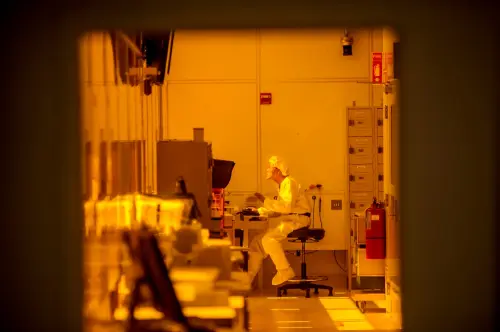The land of the Erie Canal should be well aware of the link between transportation and economic development. But just as the railroads replaced the canal as an economic juggernaut, in today’s global economy we need national transportation priorities that acknowledge the metropolitan nature of our economy.
Infrastructure matters, because state-of-the-art transportation, telecommunications and energy networks — the connective tissue of New York and the nation — are critical to moving goods, ideas and workers quickly and efficiently and providing a safe, secure and competitive climate for business operations.
But for too long, federal transportation policies have ignored industrial metropolitan areas like Buffalo or have undermined them directly.
Instead of a strategy that focuses on how to strengthen and reinvigorate these places, our federal transportation program is an uneven playing field favoring new construction over old. The upshot is that the focus has been on building bridges to nowhere rather than rehabilitating existing ones.
The Minneapolis bridge collapse was a tragic reminder of a much bigger problem. There is no vision on the federal level for addressing a complex and conflicting set of transportation challenges. As a result, the nation’s transportation policy is adrift.
New York State has huge infrastructure demands, and because of the crisis in transportation finance the state simply cannot afford to simultaneously expand highway and transit capacity, maintain the existing surface transportation system and reconstruct or demolish obsolete infrastructure.
But one thing is for sure, transportation reform is not just about complying with tighter fiscal constraints, it’s about placing infrastructure spending in the service of broader economic and sustainability goals.
A purposeful program would mean that the federal government would take the lead in critical areas where a strong national role is necessary. International ports of entry like Buffalo should be targets of federal attention because of their critical role in goods movement and global trade.
It would also mean empowering these places to reach outside of the Eisenhower- era transportation box and stimulate and encourage innovation.
The federal government should identify those portions of the national highway system that, because of employment and residential decentralization, no longer serve central transportation goals and are capable of being decommissioned or downsized.
In center cities and older suburbs, that land can be leveraged for redevelopment. The Skyway is a perfect target for such a partnership of land owners, developers and nonprofits.
The question is whether federal transportation policy can reinvent itself to adapt to today’s needs.
Robert Puentes is a fellow at the Brookings Institution’s Metropolitan Policy Program.
The Brookings Institution is committed to quality, independence, and impact.
We are supported by a diverse array of funders. In line with our values and policies, each Brookings publication represents the sole views of its author(s).



Commentary
Op-edWashington Must Retool for a More Focused Role in Buffalo
February 28, 2008